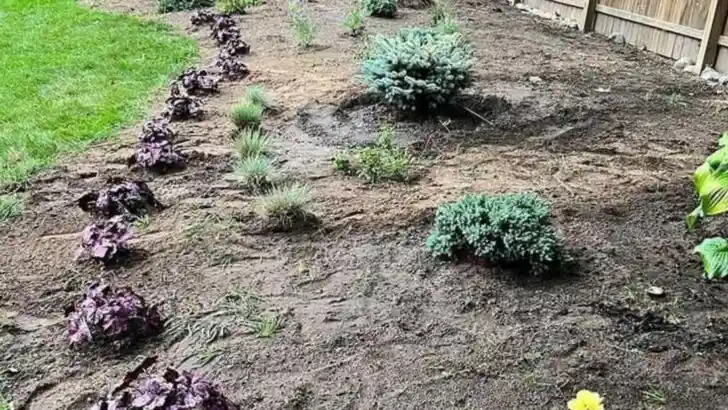Ever walk into your garden and feel… underwhelmed? You’re not alone. Even the most passionate plant lovers hit a point where their outdoor space feels uninspired, flat, or just plain dull. The good news? It’s usually not a big issue—just a handful of small mistakes that are easy to reverse.
At Plantisima, we believe your garden should be a place that lifts your mood and reflects your personal style. These 15 common garden design slip-ups might be stealing the energy from your space without you realizing it. But don’t worry—we’re not here to judge, we’re here to fix it fast (like, this-weekend fast).
Whether your flowers aren’t popping, your layout feels messy, or your greenery lacks that lush, full look, we’ll show you how to bring your garden back to life with minimal effort and maximum impact. Let’s turn “meh” into marvelous—starting now.
Neglecting Seasonal Color
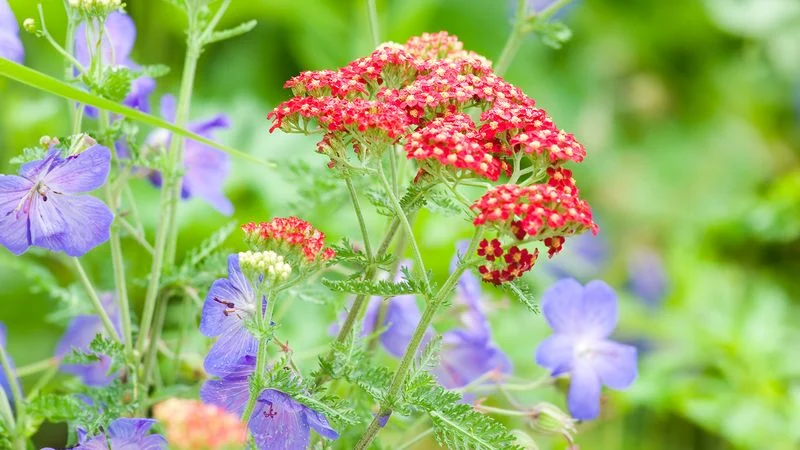
Does your garden seem lifeless? Perhaps it’s missing the magic of seasonal blooms. Incorporating flowers that bloom at different times of the year ensures a continuous display of color. Consider planting daffodils and tulips for spring, marigolds for summer, and chrysanthemums for autumn. A variety of colors keeps the garden captivating.
Lack of Plant Diversity
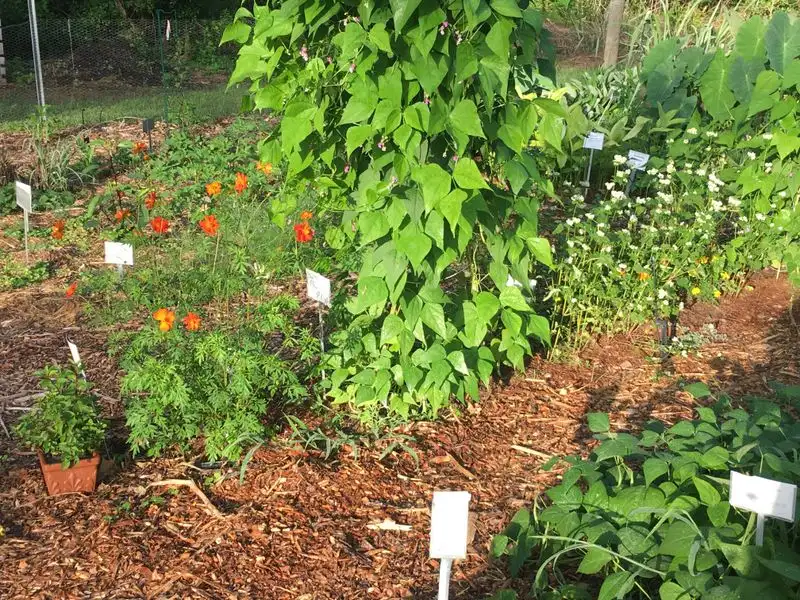
A monotonous garden lacks appeal. Mix up your plant choices to include a variety of species such as shrubs, perennials, and annuals. Different textures and heights add visual interest and support local wildlife. Experiment with ferns and ornamental grasses to break the pattern. A diverse plant selection ensures year-round beauty.
Ignoring Soil Health
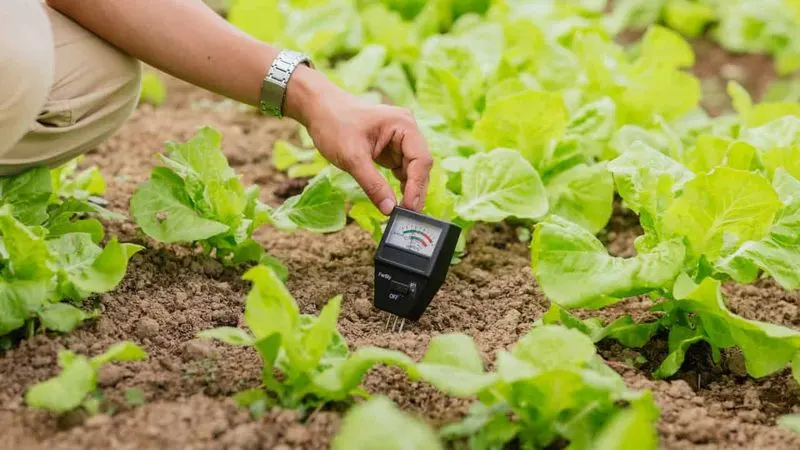
Healthy soil is the foundation of a thriving garden. Ignored soil can lead to poor plant growth. Test your soil’s pH and nutrient levels; it might require some organic compost or amendments. Regularly turning the soil helps aeration and nutrient distribution. Lush gardens often start with healthy, well-nourished soil.
Poor Watering Practices
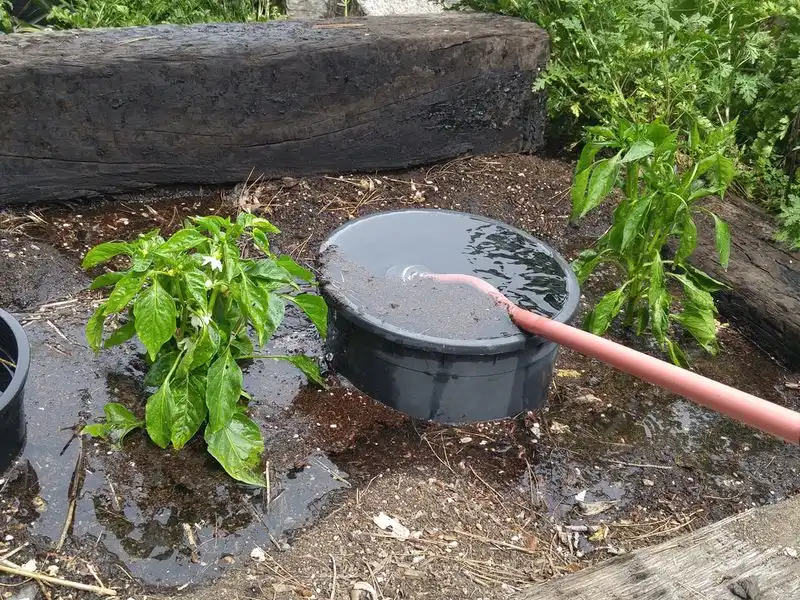
Watering can make or break your garden. Overwatering drowns plants, while underwatering leads to wilting. Install a drip irrigation system to efficiently water your plants. Adjust the frequency according to the weather, and ensure the soil is evenly moist but not soggy. Proper watering keeps your plants happy and vibrant.
Lack of Garden Structure
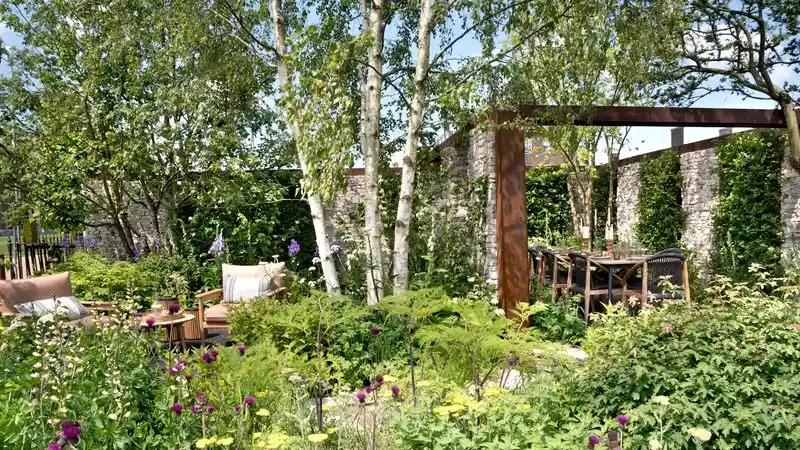
Without a defined structure, gardens can appear chaotic. Introduce pathways, borders, or a seating area to create order. Utilize gravel or stepping stones to define paths, and consider adding a pergola or trellis for height. Structured gardens invite exploration and relaxation, giving a clear sense of organization.
Ignoring Pests and Diseases
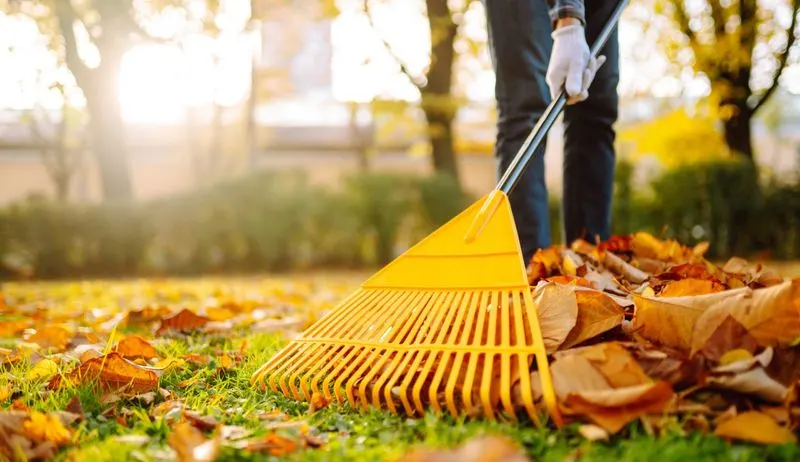
Pests and diseases can quickly ruin a garden’s appeal. Regularly inspect your plants for signs of trouble, such as discolored leaves or holes. Use natural remedies like neem oil or introduce beneficial insects like ladybugs. Keeping pests in check ensures your plants remain lush and healthy. Prevention is key to thriving flora.
Overgrown Plants
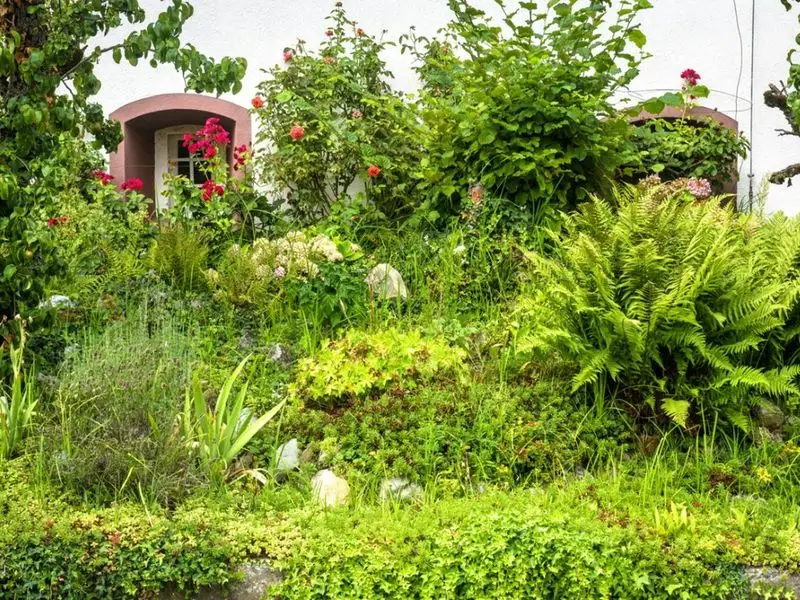
Overgrowth causes gardens to look unkempt. Regular pruning helps maintain plant shape and encourages new growth. Cut back overgrown branches and remove dead foliage. This allows sunlight and air to reach all parts of the plant. Consistent care results in a neat, visually pleasing garden that feels inviting and cared for.
Lack of Focal Points
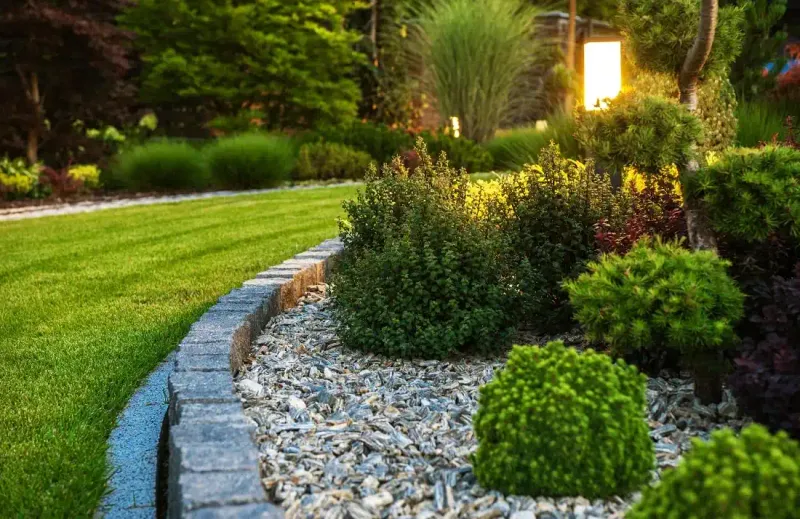
A garden without focal points may seem bland. Introduce elements like a birdbath, sculpture, or fountain to draw attention. Focal points create visual interest and guide the eye through the garden. They can also reflect your personal style, adding character and charm. An eye-catching feature transforms a mundane garden into a captivating retreat.
Ignoring Climate Suitability
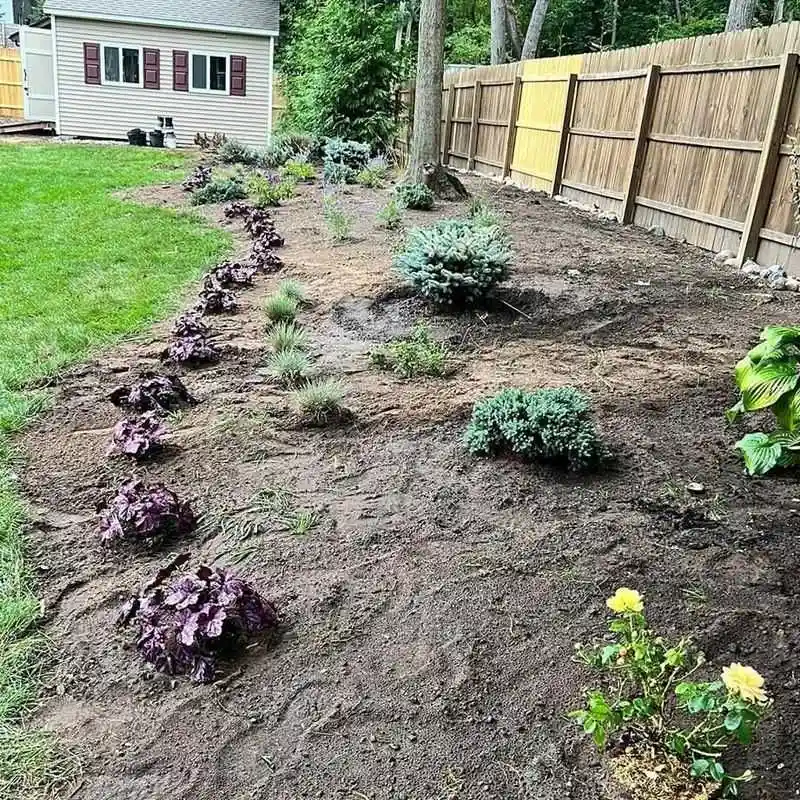
Plants that don’t suit the local climate can struggle. Choose native species or those adaptable to your area’s conditions. These plants require less water and care, as they’re naturally suited to the environment. Incorporating climate-appropriate plants ensures a resilient garden that thrives with minimal effort.
Underutilized Vertical Space
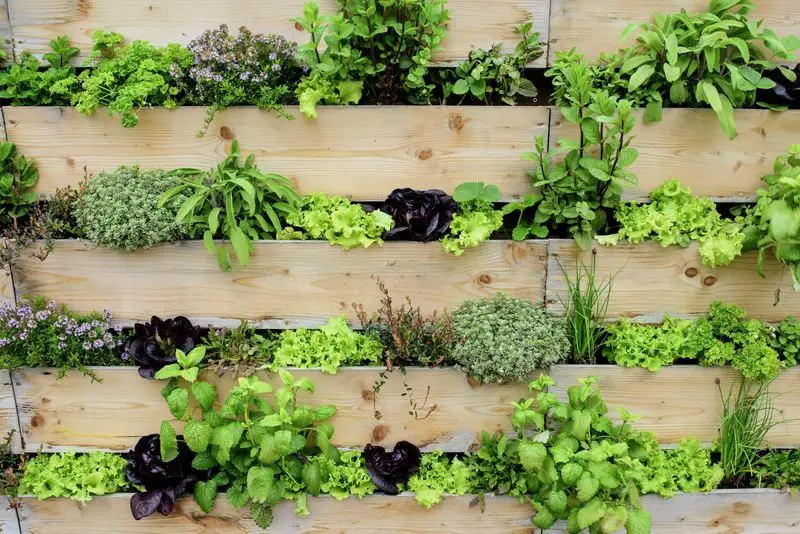
Small gardens often overlook vertical space. Add height with trellises, vertical planters, or hanging baskets. This approach maximizes limited spaces and adds an extra dimension to your garden. Vertical gardening can showcase trailing plants or vibrant blooms at eye level, making the most of every inch available.
Inadequate Lighting
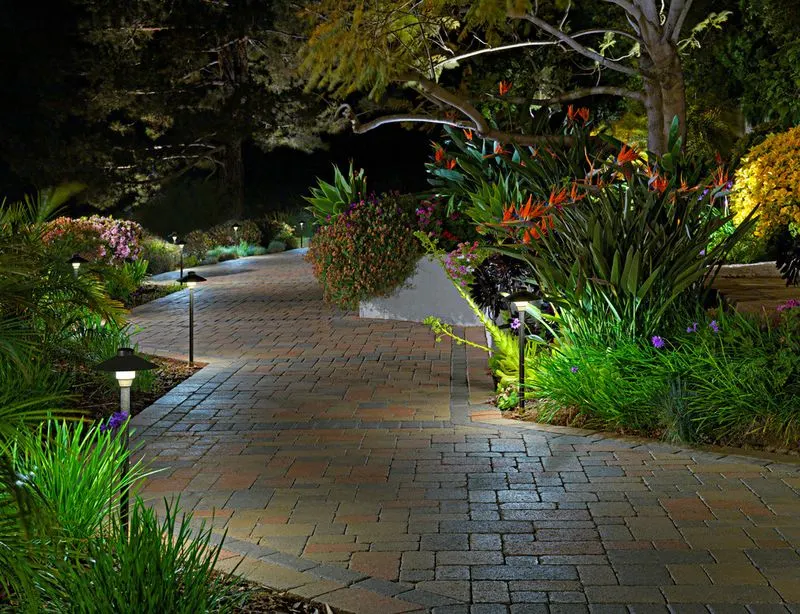
Proper lighting extends garden enjoyment into the evening. Consider solar-powered lights along pathways or hanging lanterns in trees. This not only highlights garden features but also creates a welcoming ambiance. Correct lighting enhances both safety and beauty, allowing you to enjoy the garden under the stars.
Lack of Functional Spaces
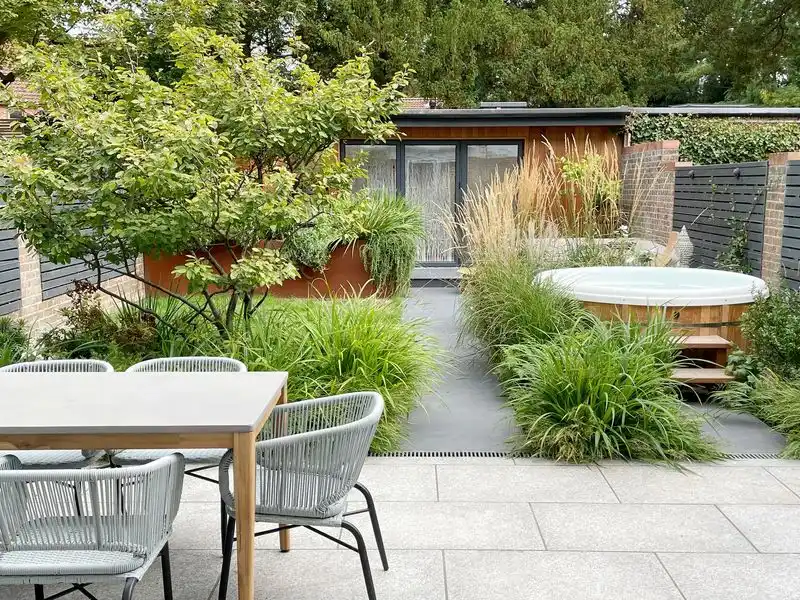
Gardens should be enjoyed, not just observed. Create functional spaces for dining or relaxation. A bench under a tree or a table for outdoor meals transforms the garden into a living space. These areas encourage use and enjoyment, making the garden a versatile area for entertainment or peaceful solitude.
Overlooking Garden Edges
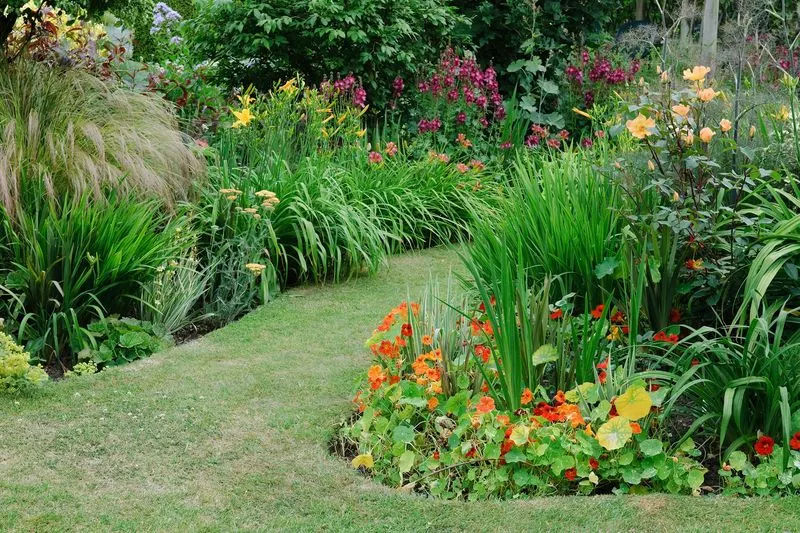
Edges define garden spaces. Overlooked edges can make gardens look messy. Trim the edges along pathways and borders for a polished look. Use stones or bricks to create defined, clean lines. Well-maintained edges enhance the overall appearance and give a sense of completion to the garden design.
Inconsistent Maintenance Routine
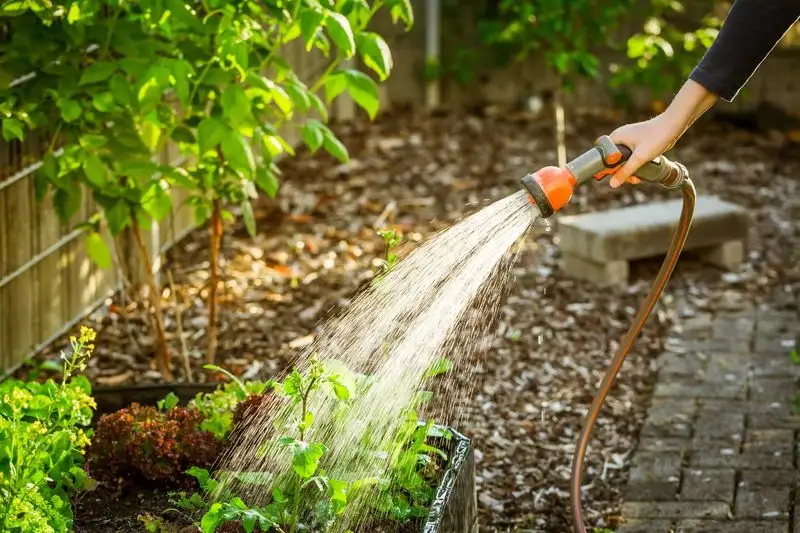
Inconsistent care leads to declining garden health. Establish a routine that includes watering, weeding, and feeding. Regular maintenance ensures plants thrive and reduces the chance of pest infestations. Keep tools organized and ready for use. A consistent schedule keeps the garden in peak condition, rewarding you with lasting beauty.
Forgetting Personal Touches
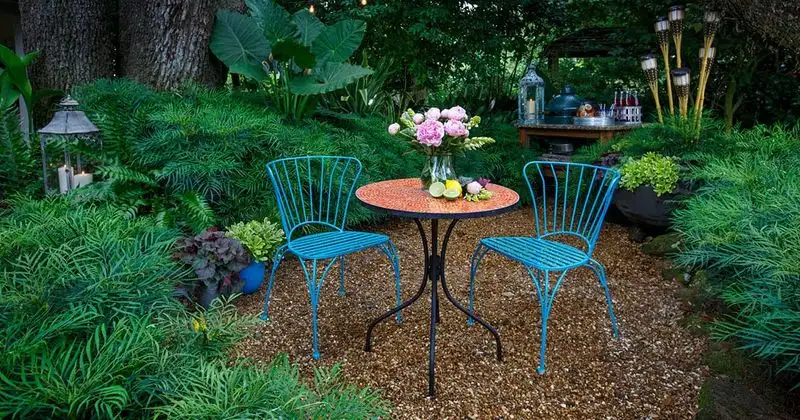
Gardens are personal spaces that reflect individuality. Add personal touches like handcrafted signs, unique plant markers, or whimsical decorations. These elements inject personality and warmth, making the garden truly yours. A space that reflects who you are becomes more inviting and enjoyable, turning gardening into a personal art.

